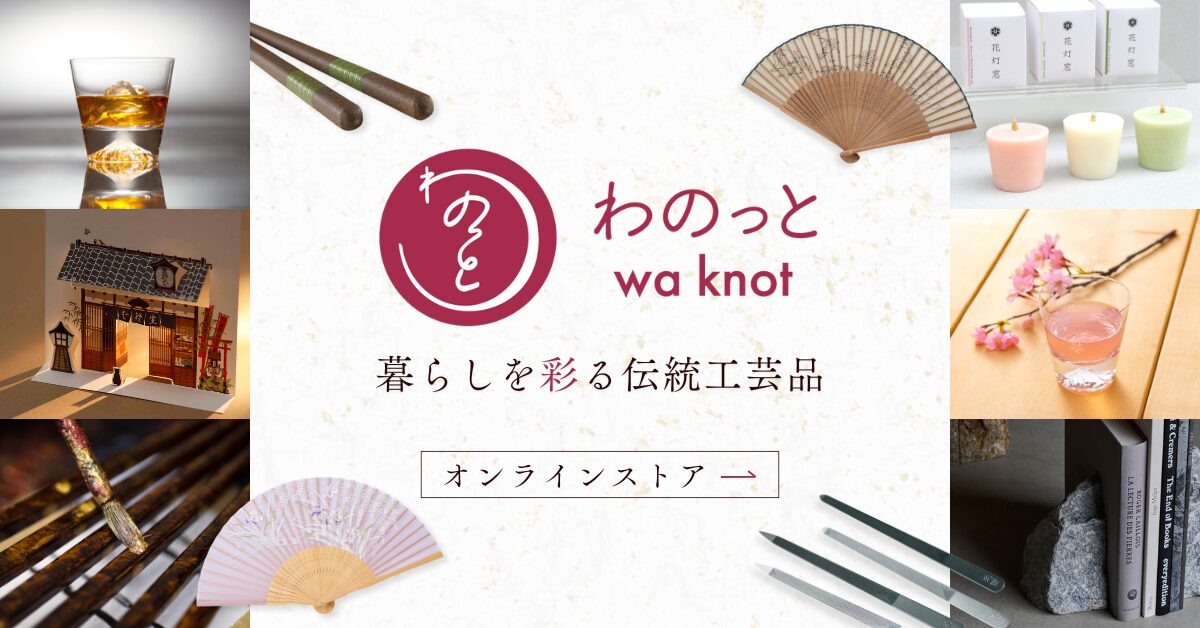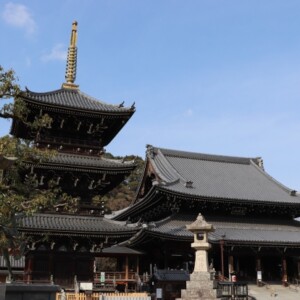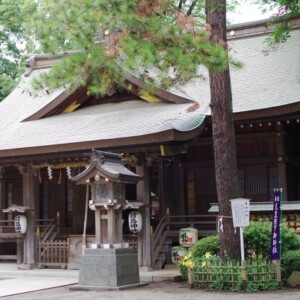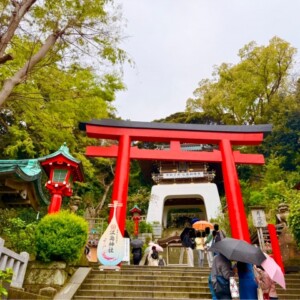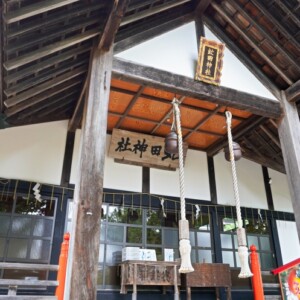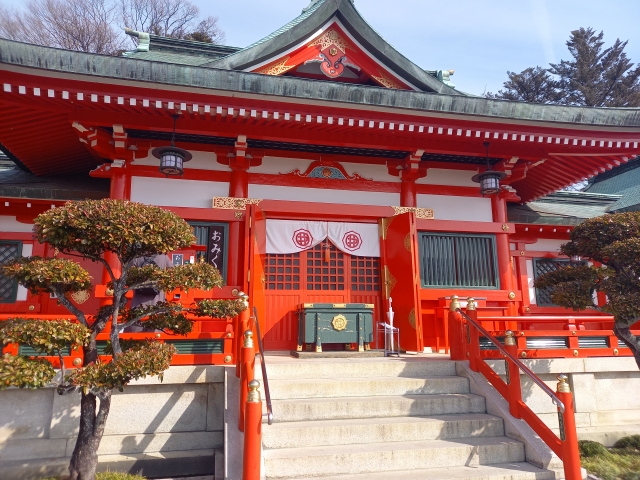
Ashikaga Orihime Shrine|Complete guide to the charms of this holy place for lovers where seven marriages are fulfilled and information on visiting the shrine
Ashikaga Orihime Shrine, located halfway up Mount Orihime in Ashikaga City, Tochigi Prefecture, is loved by many worshippers as a god of marriage. The shrine is recognized as a sacred place for lovers and a heritage site of night views in Japan.
Ashikaga Orihime Shrine Overview and Basic Information
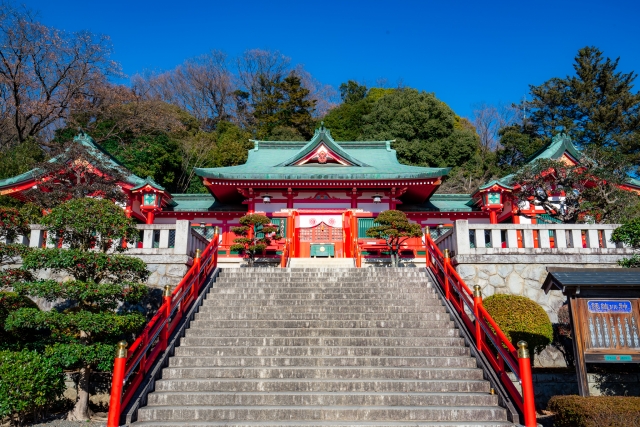
Ashikaga Orihime Shrine is well known as a representative shrine of Ashikaga City, which has a history of over 1200 years in the textile industry. Because of its location halfway up Mt. Orihime, the shrine is also known for its spectacular view of the Ashikaga city area and the Watarase River, and on a clear day, the Kanto Plain and the Tokyo Sky Tree can be seen from the shrine.
The beautiful vermilion-colored shrine pavilions stand out against the lush greenery, and in June 2004, the shrine pavilions, Kaguraden (Shinto music and dance hall), shrine office, and water closet were designated as a Tangible Cultural Property of Japan. In 2014, the shrine was recognized as both a sacred place for lovers and a heritage site of Japan’s nightscape, making it a highly popular date spot.
History and Origin
The history of Ashikaga Orihime Shrine dates back to 1705. It was founded when Tadatoshi Toda, then lord of the Ashikaga Clan, realized that Ashikaga, which had a history of weaving for more than 1,200 years, had no shrine for weaving, and enshrined two deities, a weaver and a wearess, from the Kamihattori Oriki Shrine, which was under the direct control of Ise Jingu, at Yakumo Shrine, now located at 4-chome, Dori, Ashikaga City.
The shrine was later relocated to the middle of Mount Kijin (present-day Mount Orihime) on August 24, 1879, but was destroyed by fire on September 10, the following year, 1880. The shrine remained a temporary palace for a while, but in 1934 (Showa 9), a reconstruction project was started to commemorate the birth of the Crown Prince (present-day His Majesty the Emperor), and in May 1937 (Showa 12), the present shrine building was completed and the shrine was relocated.
Deities and Benefits
Ashikaga Orihime Shrine enshrines two deities: Amenomihokonomikoto, the weaver, and Amenoyachichihimenomikoto, the weaver’s wife. These two deities are said to have jointly woven textiles and presented them to Amaterasu Omikami, and were the deities of the Ooridono Shrine in the village of Dei, Watakai County, Ise Province.
The shrine became known as a shrine of marriage because textiles are made by weaving warp and weft yarns together to form a single fabric, which was thought to symbolize the union of a man and a woman. It is also believed to be the god of all industries because the looms and machines used to make textiles are made of iron.
Ashikaga Orihime Shrine is believed to have seven divine virtues, and is blessed with the blessings of bringing people together with “people, health, wisdom, life, study, work, and management. The shrine is popular among worshippers of all ages not only for the fulfillment of love, but also for bringing good karma in all aspects of life, including human relationships, work, and academics.
Ashikaga Orihime Shrine Highlights and Features
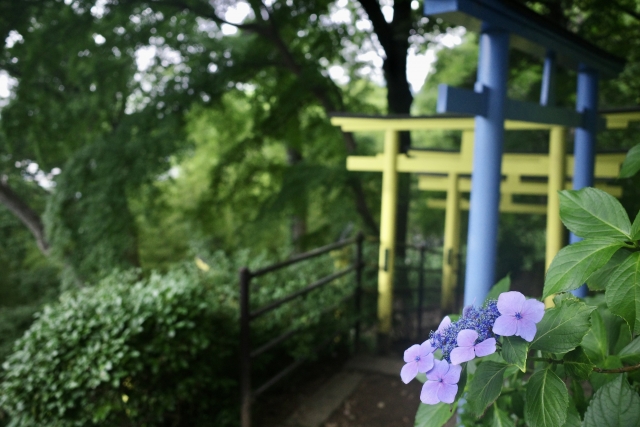
Ashikaga Orihime Shrine attracts many visitors with its beautiful scenery and unique features. The shrine offers visitors a special experience with its spectacular view that takes advantage of its location on a mountainside and various facilities associated with marriage.
Beautiful shrine pavilion, a registered national tangible cultural property
One of the greatest highlights of Ashikaga Orihime Shrine is the beautiful group of shrine pavilions, designated as a Tangible Cultural Property of Japan. The vermilion-painted main shrine pavilions contrast beautifully with the surrounding lush greenery, providing beautiful scenery throughout the four seasons.
The shrine pavilions were completed in 1937, and were built by the citizens of Ashikaga under the leadership of Toshisuke Tonooka, the head of the Ashikaga Textile Association at that time. Today, the main shrine building, Kaguraden (Shinto music and dance hall), the shrine office, and the hand-watering basin are all protected as registered tangible cultural properties, and are highly valued for their architectural value.
The temple grounds offer a spectacular view of the Ashikaga city area and the Watarase River, and on a clear day, Mt. The view at dusk is especially beautiful, and is so spectacular that it has been recognized as a Japan Nightscape Heritage Site.
229 stone steps (Otokozaka) and spectacular views
The famous approach to Ashikaga Orihime Shrine is the 229 stone steps that lead from the first torii gate to the shrine grounds. This stone staircase is called “Otokozaka,” or “men’s slope,” and is characterized by its steepness, but handrails are provided to ensure safe ascent.
It is believed that one’s wish will come true if one visits the shrine after climbing these 229 stone steps, and many visitors challenge these steps. When you look back after climbing the stairs, you will be rewarded with a breathtaking view of Ashikaga City, the Watarase River, and Mount Asama, making you forget the fatigue of the climb.
Along the stairway, visitors can enjoy the flowers of the four seasons, especially during the cherry blossom and autumn foliage seasons, when beautiful scenery greets visitors. It is also the starting point for the Prefectural Natural Park Hiking Trail, a popular walking course that can be enjoyed by families and beginners alike.
Enmitsuzaka (women’s slope) with seven-colored torii gates
In contrast to the steep 229-step Otoko Zaka, there is another route to Ashikaga Orihime Shrine. This is a gentle mountain path called “Enmitsuzaka,” also known as “Onnazaka. The main feature of this route is the beautiful seven-colored torii gates, which represent the seven divine virtues.
The seven-colored torii gates, in order from the shrine, are: red for “person,” yellow for “health,” green for “wisdom,” blue for “life,” wakagusa for “study,” vermilion for “work,” and purple for “management. It is believed that visitors can receive the blessings of all seven divine virtues by passing through these brightly colored torii gates.
Although there are no handrails, the slope is gentle enough that even those with weak legs and backs can climb it in relative safety. The colorful torii gates are a popular photo spot on Instagram and other social networking sites.
The Bell of Love, a popular sacred spot for lovers
A special bell called the “Bell of Love” is located in the precincts of the shrine and has become a symbol of Ashikaga Orihime Shrine, which has been certified as a sacred place for lovers. Many couples use this bell as a place to pledge their love, as it is jinxed that two people ringing it together will bring them happiness.
Those who have rung the bell of love can ask at the shrine office on the temple grounds for a certificate of prayer. There is also a place around the Bell of Love where visitors can dedicate a heart-shaped padlock called an “Ai Key,” which is believed to strengthen the bond between two people by writing down their wishes or vows of love and dedicating it after ringing the bell.
These love keys can be purchased at the shrine office on the temple grounds, and many couples dedicate them with their names and wishes written on them. The colorful padlocks lined up around the Love Bell are proof that Ashikaga Orihime Shrine continues to be loved by many people.
Guide to Worship
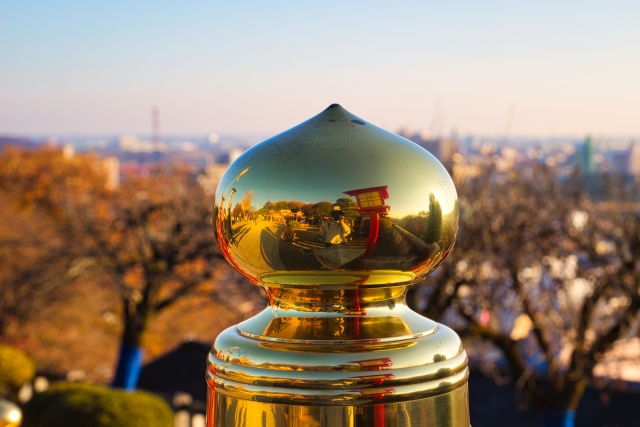
Worship at Ashikaga Orihime Shrine is available 24 hours a day, but for a more fulfilling experience, we recommend visiting during the hours when the shrine office is open. Because the shrine is well known as a shrine of matchmaking, the way of worship and annual events are also unique and appealing.
Methods and Manners of Worship
The manner of worship at Ashikaga Orihime Shrine is the same as at most shrines. First, purify your hands and mouth at the hand- and mouth-cleansing booths, and then bow in front of the main hall of the shrine in the manner of “Nirei 2-beat, Nirei 1-beat, Nirei. Since the shrine has seven divine virtues as a match-making shrine, many people visit the shrine to make specific wishes for each of the seven virtues.
When climbing the 229-step men’s slope, it is important not to overexert yourself while taking breaks along the way. Also, if you use the “Torii” (seven-colored torii gates) on the hill for marriage, it is said that you will receive deeper blessings if you pass through the gates while being aware of the divine virtues that each gate represents.
Please keep quiet and be considerate of other worshippers in the temple grounds. Especially around the Bell of Love, many couples take commemorative photos, so please be considerate and wait your turn. In addition, wild boars may be seen in the area nowadays, so please follow the warnings and visit the temple safely.
Annual and Seasonal Events
Various festivals and events are held throughout the year at Ashikaga Orihime Shrine. Of particular note are the Spring Grand Festival in May and the Autumn Grand Festival in November, which attract many visitors who come to enjoy cultural events such as ocarina performances and sacred music, as well as stalls selling local delicacies.
In July, there is a special event associated with Tanabata (Star Festival), where visitors can make wishes by decorating bamboo strips on bamboo bamboos set up on the temple grounds. If you purchase a Tanabata Mamoru, you can write your wishes on the mount (tanzaku) inside and decorate it, enjoying a special prayer experience associated with the legend of Orihime and Hikoboshi.
The beauty of nature in each of the four seasons is another attraction of Ashikaga Orihime Shrine. Cherry blossoms in spring and autumn leaves in fall color the shrine grounds, and especially during the season of autumn leaves, the shrine is illuminated at night, allowing visitors to enjoy worshipping in a fantastic atmosphere.
Red Seal and Good Luck Charm Information
At Ashikaga Orihime Shrine, visitors can receive a beautiful red seal. In addition to the regular red seals with simple text, there are also special red seals with designs that change with the seasons.
An original red seal book with a design of seven bundles of textiles modeled after the seven divine virtues is available, in pink or navy blue. The delicate and beautiful designs are loved by many worshippers.
The “Seven Divine Virtues Good Luck Charm” is also popular, with the same design as the red seal book. In addition, there are also amulets for various wishes, such as marriage, love, and academic success, which can be selected according to one’s wish. The shrine office is open from 9:00 to 16:00, so it is recommended to visit during these hours if you wish to receive a red seal or amulet.
Access/Use Information
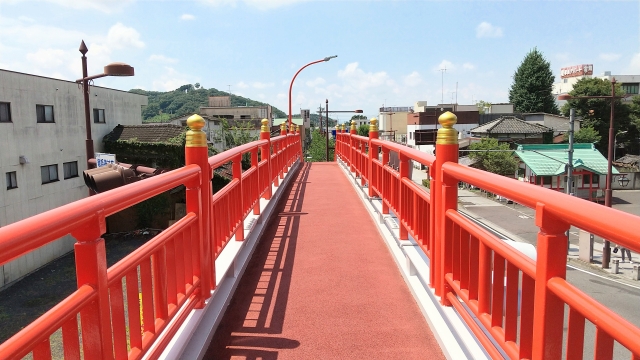
Ashikaga Orihime Shrine is located halfway up Mount Orihime in Ashikaga City, Tochigi Prefecture, and is accessible by train and foot or by automobile. The shrine is well maintained for ease of worship and can be visited by a variety of modes of transportation.
Transportation Access
By train, access is on foot from Ashikaga Station on the JR Ryomo Line or Ashikaga-shi Station on the Tobu Isezaki Line. Both stations are about a 25-minute walk from the shrine, and visitors can stroll through the Ashikaga city center on their way to the shrine. Signs are posted from the stations, so even first-time visitors can reach the shrine without getting lost.
By car, the shrine is accessible in about 15 minutes from the Ashikaga Interchange on the Kita-Kanto Expressway. The easy access from the expressway makes it convenient for worshippers coming from far away. It is also suitable for day-trip sightseeing from other parts of the Kanto region, and can be visited in combination with other Ashikaga City sightseeing spots.
The area around Ashikaga Orihime Shrine is also a residential area, so when visiting by car, it is important to remember to be considerate of residents and drive at a moderate speed.
<Address> 3889 Nishinomiya-cho, Ashikaga-shi, Tochigi 326-0817
Hours of Admission, Fees, and Parking Information
Ashikaga Orihime Shrine is open 24 hours a day, and there is no admission fee. However, visitors wishing to use services such as red seals, amulets, and various prayers must visit between 9:00 am and 4:00 pm, the hours of operation of the shrine office.
As for parking, the “Orihime Parking Lot” for 30 cars (for passenger cars only) is available behind the right side of the main shrine building and is free of charge. This parking lot is recommended for visitors with limited mobility or those with small children, as they can drive directly to the precincts of the shrine without having to climb the 229 stone steps.
If the Orihime parking lot is full, visitors can use the nearby Orihime Park parking lot or Orihime sightseeing parking lot. We recommend that you plan your visit with plenty of time to spare, especially during the cherry blossom and autumn foliage seasons and when festivals are held, when the temple is crowded with many worshippers. On the way from the parking lot to the shrine grounds, there is a large wisteria child (designated as a natural monument by Tochigi Prefecture) dedicated by Ashikaga Flower Park, and visitors can enjoy the mystical sunlight filtering through the trees as they visit the shrine.
Reference sites
Ashikaga Orihime Shrine official website: https://www.orihimejinjya.com/
Ashikaga City Tourist Association: https://www.ashikaga-kankou.jp/spot/orihime_jinjya


